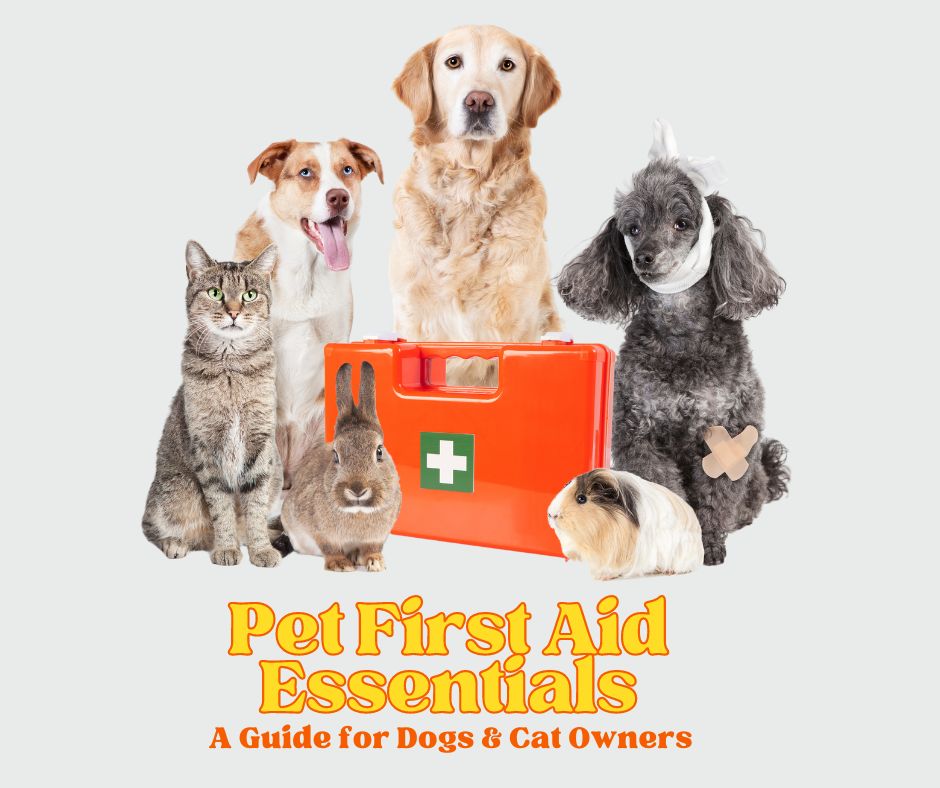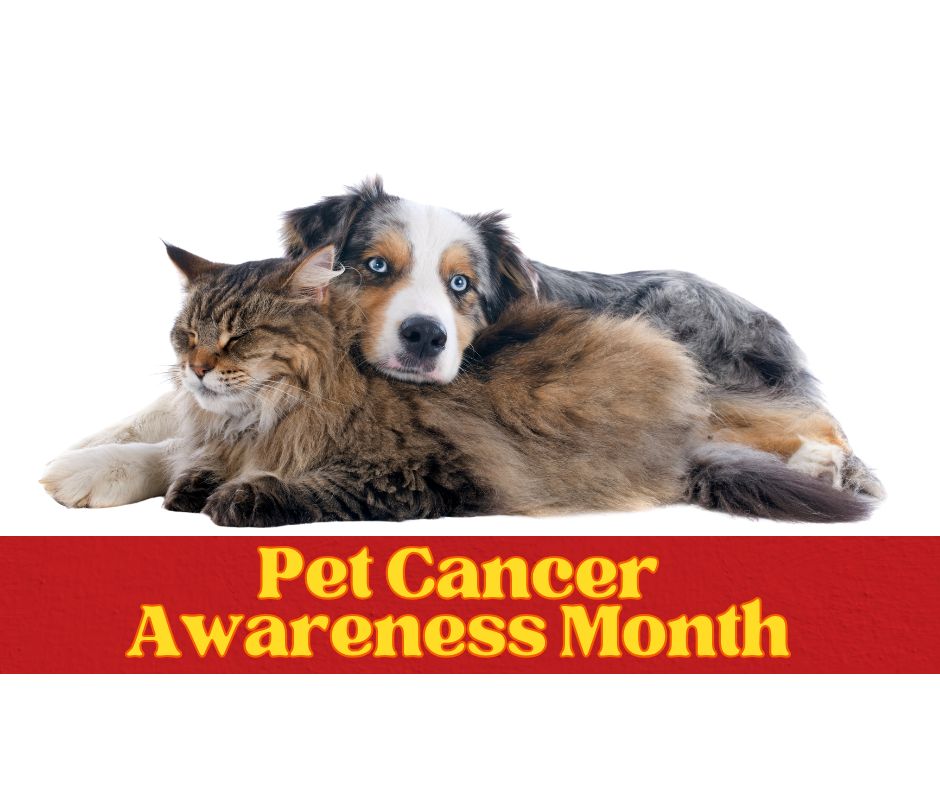As devoted pet owners, we strive to provide our furry companions with a safe and loving environment. However, accidents can happen. Being prepared to administer first aid can make all the difference in ensuring the well-being of our beloved pets. In this guide, we’ll cover some helpful tips that you hopefully never need to use.
Step #1: Plan Ahead (as best you can)
It seems silly to say to plan ahead for emergencies since we never know when an emergency might happen. But that’s the point. Being as prepared as possible with both supplies and a plan for what to do can help keep you calm in the moment. Which means Fido stays (slightly) calmer as well.
The American Veterinary Medical Association recommends the following supplies for your pet-specific first aid kit:
- Antibiotic ointment (ensure that it is safe for use on pets)
- Pet specific, non-sticky bandages and tape (do NOT use human adhesive bandages on pets)
- Gauze
- Blunt bandage scissors
- Digital “fever” thermometer (the temperature scale of a regular thermometer will not go high enough for pets)
- Plain saline
- Tweezers
- Slip leash
- Muzzle
Additionally, keep your pet’s current medical records in an easy-to-access location (and where they won’t get lost), as well as contact information for your regular vet and contact/location information for the closest pet emergency care facility.
Step #2: Don’t Panic
This directly correlates with step 1. Knowing you have the supplies and knowledge to get you through the moment can help ease the initial trauma. Remember, you can’t help your pet if you’re freaking out. Take a few deep breaths, assess the scene to make sure it’s safe, and then follow your plan.
The American Red Cross offers an online Pet First Aid Course which can help you feel more prepared at the moment.
Step #3: Don’t Cause More Damage
Sometimes in our zest to help, we can actually cause more harm. Obviously, in the case of a life-threatening emergency, get your pet to the nearest animal emergency room as quickly as possible. However, for non-life threatening injuries, follow these helpful do’s and don’ts:
- Do use a calm voice and reassuring demeanor. Animals are amazing at picking up on stress signals. Using a calming voice in a reassuring manner can help keep them a little calmer. Added bonus – it helps keep you calmer, too!
- Do your best to determine the cause of the problem. Did your pet eat something it shouldn’t have and now it has a blockage? Did it ingest something potentially toxic? Did your pet play too hard and overheat? If you think your pet ingested a potential toxin, knowing the ingredients and estimated amount will be helpful.
- Do stop bleeding if you can. If your pet will let you, try to remove large debris from wounds and/or flush wounds with clean water. Wrap bleeding areas gently with clean gauze to contain bleeding (don’t attempt to put too much pressure on wounds).
- Don’t flush or clean wounds with hydrogen peroxide or alcohol. This can cause tissue damage and/or additional pain to your pet.
- Don’t do things for your pet just because you might do them for a human. Certain human medications, even for first aid, can be dangerous for pets (example: Tylenol and Ibuprofen).
Remember, as much as we all love talking to our pets thinking they understand us, they don’t fully understand an explanation of first aid measures. Even the nicest, sweetest pets can react differently when in pain or under high amounts of stress.
For more the basics on handling common pet injuries including broken toe nails, broken bones, choking, fight wounds, heatstroke, etc., check out this helpful blog from our friends at Zoetis: Pet First Aid: The Basics
Conclusion:
Being prepared to administer first aid can be a lifesaving skill for pet owners. By familiarizing yourself with these essential techniques for wound care, accidental ingestion, and choking incidents, you can provide immediate care to your furry friend in times of need. Remember, always prioritize your pet’s safety and well-being, and don’t hesitate to seek professional veterinary care when necessary.




